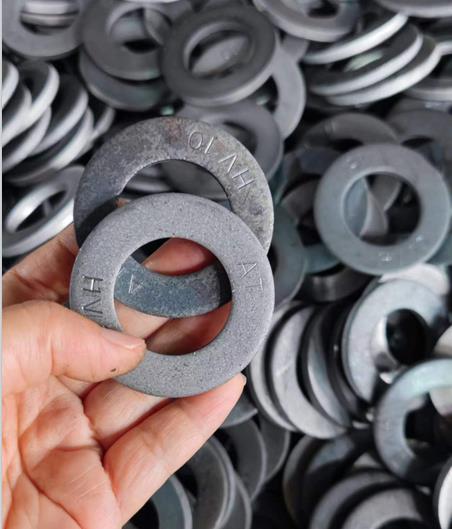best drywall screw depth
Understanding the Best Drywall Screw Depth for Your Projects
When working with drywall installation, one of the most critical considerations is the depth at which to drive your screws. The best drywall screw depth not only ensures a secure hold but also contributes to a smooth and professional finish. In this article, we’ll explore the factors that determine the ideal screw depth and provide tips for achieving optimal results.
The Importance of Correct Screw Depth
Driving screws to the correct depth is vital for several reasons. Firstly, if screws are driven too deep, they can damage the drywall's surface, leading to problems like paper tear and weakening the integrity of the drywall. This can ultimately result in cracking or other structural issues. Conversely, screws that are not deep enough can lead to weak joins that may allow the drywall to shift or sag over time.
Recommended Screw Depth
Industry standards suggest that drywall screws should be driven in until the screw's head is slightly recessed into the drywall surface, typically around 1/16 inch. This slight indentation is crucial because it allows for proper finishing techniques, such as mudding and sanding, which are necessary for achieving a seamless look. Additionally, recessed screw heads help avoid protrusions that may show through paint or wallpaper later on.
best drywall screw depth

For 1/2-inch thick drywall, using 1 1/4-inch screws is common. For thicker boards, like 5/8-inch drywall, a 1 5/8-inch screw may be more appropriate. The length of the screw should also account for the framing members being fastened. Ideally, screws should penetrate into the wood studs by at least 1/2 inch to ensure a firm grip.
Tools for Measuring Depth
To achieve the best results, using a screw gun with a depth-setting feature can be particularly beneficial. This allows for consistent screw depth across your project, minimizing the risk of varying depths that can lead to uneven surfaces. Additionally, a manual option, like a depth gauge, can help gauge the appropriate depth during large installations.
Final Tips for Success
Before embarking on your drywall installation project, ensure that you have the right tools and materials at hand. Regularly checking the depth as you work can help maintain consistency. It is also advisable to practice on scrap pieces of drywall until you are comfortable with the best depth and technique.
In conclusion, understanding the best drywall screw depth is essential for any drywall project. By following industry standards, using the right tools, and paying attention to the specific needs of your job, you can achieve a sturdy and aesthetically pleasing finish. Properly secured drywall not only enhances the look of a room but also ensures its longevity and durability, making it a worthwhile investment in your home improvement endeavors.
-
Top Choices for Plasterboard FixingNewsDec.26,2024
-
The Versatility of Specialty WashersNewsDec.26,2024
-
Secure Your ProjectsNewsDec.26,2024
-
Essential Screws for Chipboard Flooring ProjectsNewsDec.26,2024
-
Choosing the Right Drywall ScrewsNewsDec.26,2024
-
Black Phosphate Screws for Superior PerformanceNewsDec.26,2024
-
The Versatile Choice of Nylon Flat Washers for Your NeedsNewsDec.18,2024










